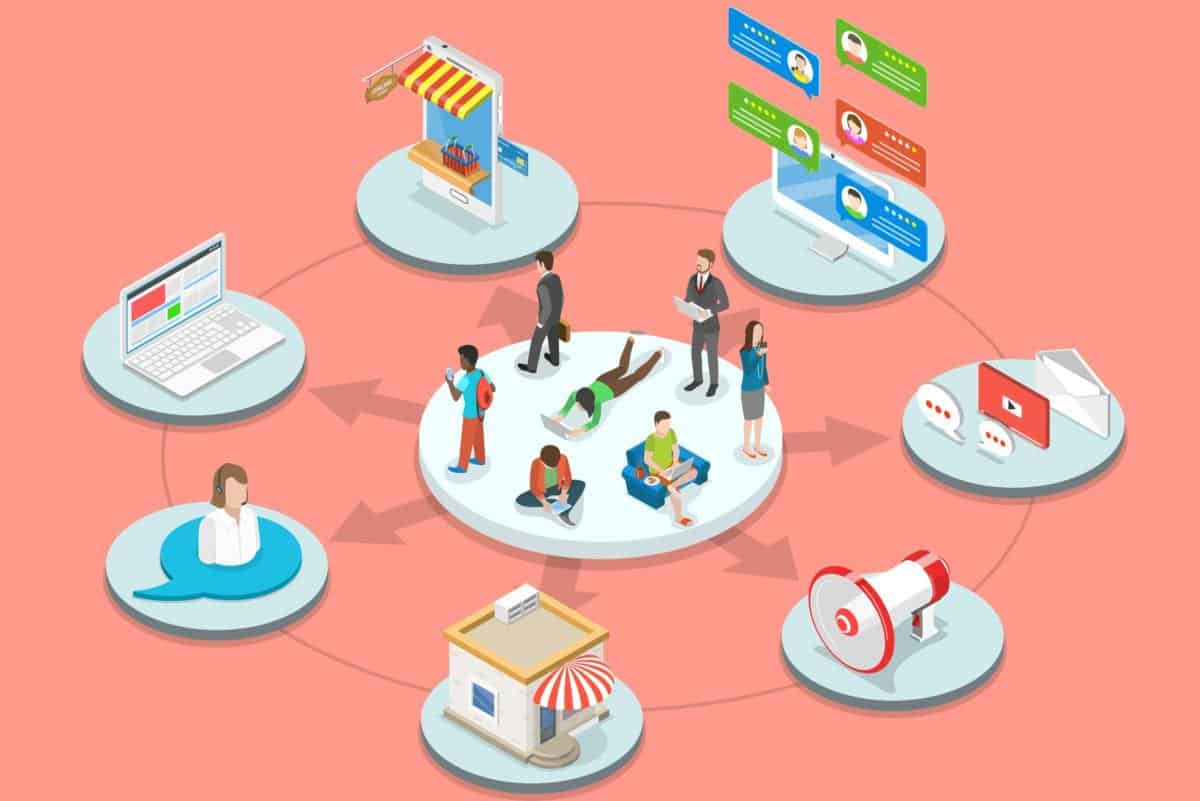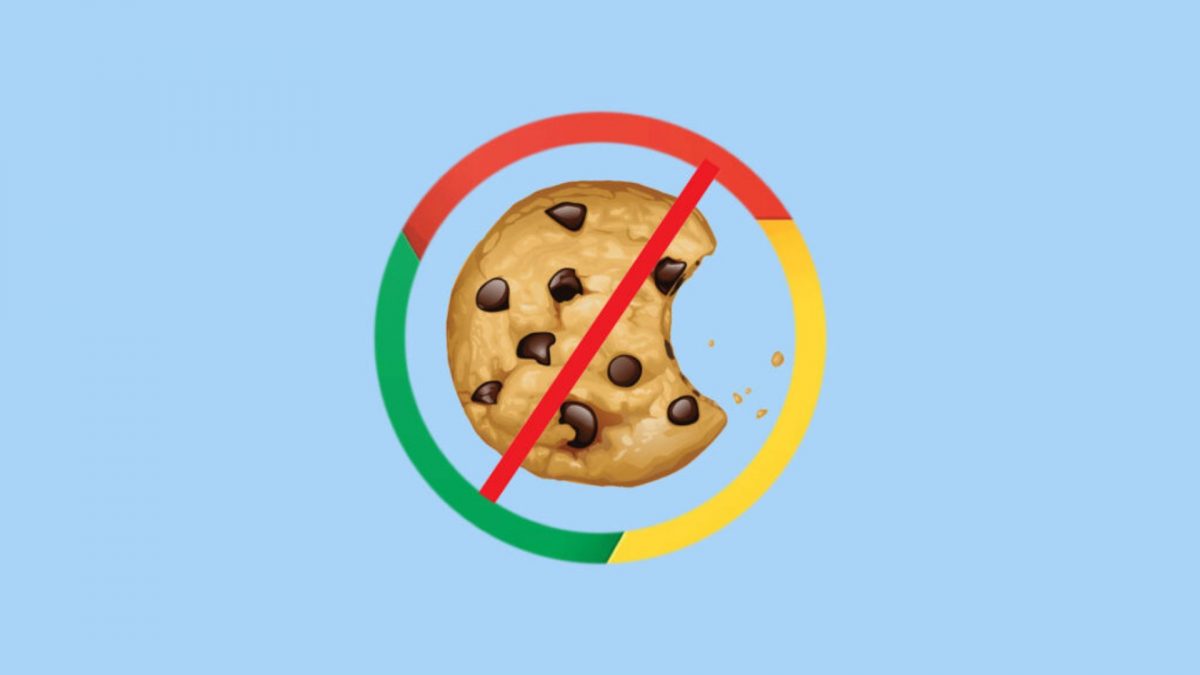Several years ago, the word “multichannel” made its debut in the world and focused on the different channels across several touchpoints to meet the customer’s needs anyway, anytime, and anywhere (Arianee, 2022). This term has further developed into “omnichannel”, which introduces the seamless integration of all these channels and puts the customer in the center of it all. The ideal omnichannel approach creates a synergy between social medial, websites, online shopping, brick & mortar stores, mobile applications and e-mail (Arianee, 2022). This will only be enhanced with the rise of several disruptive technologies, such as the Metaverse, Non-Fungible-Tokens (NFTs), and Web3.0.
Imagine the following scenario: it is a very rainy day but you need to shop for a dress for your friend’s wedding. You remember that you saw an advertisement on Instagram of a boutique that looked very nice and wanted to visit. Through the Metaverse, you visit the virtual boutique to look for something nice. You find a flowery dress that you like a lot, but you want to try it on. You can simply try on the dress in the comfort of your own home, by projecting the dress on yourself in the mirror through augmented reality. You want to have a second opinion and send a picture of the dress to your best friend via Facebook Messenger. As your friend is also in love with the dress, you decide to buy it by purchasing an NFT-token of the dress in the virtual store. The next day, you go to the physical store and show the token to pick up your dress. A week later, you receive an email from the boutique to ask you about the experience.
This is just a prime example of how a company can integrate an omnichannel approach by leveraging new technologies. The Metaverse allows the opportunity to merge physical and virtual reality and revolutionizes the way that companies and brand can interact with their customers (Coignard, 2022). Through Web3.0, users can effortlessly and seamlessly transfer between different marketplaces and virtual worlds to trade their digital assets such as NFTs (Diconium, 2022). Although there are still some uncertainties on how these technologies can be implemented, on thing is for sure: the shopping experience will drastically change in the very near future!
References
Arianee. (2022, March 9). The future of omnichannel retail, powered by NFTs | Digital Assets for Customer Relationships 3.0. Retrieved October 15, 2022, from Arianee website: https://www.arianee.org/blog/the-future-of-omnichannel-retail-nfts
Coignard, S. (2022, March 17). The Metaverse: Where Virtual and Physical Retail Fuse. Retrieved from Advertising Week website: https://advertisingweek.com/the-metaverse-where-virtual-and-physical-retail-fuse/
Diconium. (2022, April 29). Get ahead of the competition: Web3 and the metaverse redefine the omnichannel journey. Retrieved October 15, 2022, from www.linkedin.com website: https://www.linkedin.com/pulse/get-ahead-competition-web3-metaverse-redefine-omnichannel-journey-/?trk=organization-update-content_share-article


